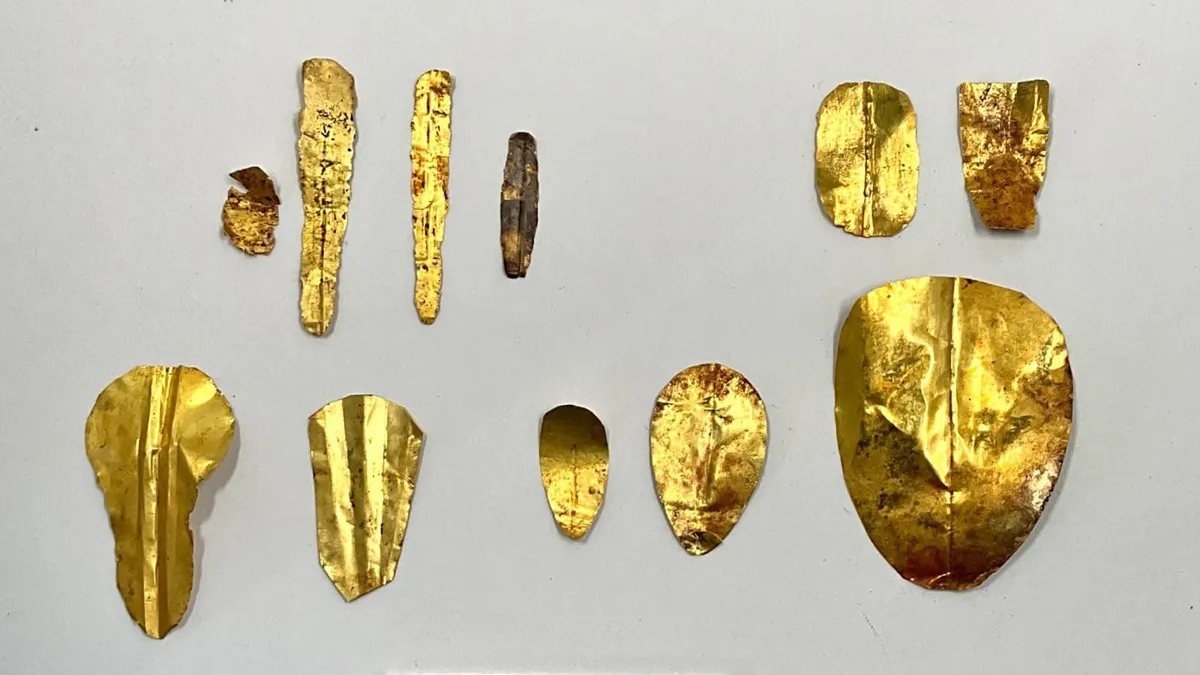News Desk
Researchers recently examined how human brains respond to emotional facial expressions from both humans and dogs, uncovering similarities in how these expressions are processed. The study was published in Social Cognitive and Affective Neuroscience.

In the distant space out beyond the orbit of Jupiter lurks a strange object. Its name is Chiron, a type of outer Solar System body known as a centaur. But even among its fellow centaurs, Chiron is special – and new observations from JWST reveal how truly Chiron is like nothing else we’ve ever seen.

The process for synthesizing Lysergic Acid Diethylamide (LSD), more commonly known as “acid,” has long been shrouded by complex chemistry jargon, not to mention laws discouraging anybody from posting the process online lest they incur serious legal consequences. As such, learning how to make LSD has long been a process known only to a select few. Until now, anyway.

AI promises to accelerate scientific discovery, but if scientists aren’t careful public trust may be left behind.
Richard Dawkin’s new book is woven with beautiful metaphors and rich descriptive language. Not so much conversational as poetic, settle in for an elaborate exploration of evolution. It raises some new and curious questions, including whether it’s worth thinking of our ‘own’ genes as a gigantic colony of cooperating viruses.

Petroglyphs, engraved on rocks, have an obvious visual attraction. What is important and exciting about this study is the discovery that these images have an acoustic aspect as well.

There might not be a mysterious ‘dark’ force accelerating the expansion of the Universe after all. The truth could be much stranger – bubbles of space where time passes at drastically different rates.

Taking its name from a now obsolete constellation known as Quadrans Muralis, the event is best viewed in the northern hemisphere, with the meteors appearing to radiate from the constellation Boötes, which is found near the collection of stars often dubbed the Plough or the Big Dipper

A new study…challenges the widely held theory that the structure was used as an astronomical observatory, as the original alignment of the walls and entrances does not correspond to celestial observations, as previously hypothesized.

Research conducted at the Department of Biology, University of Padova, has identified critical genomic milestones in the evolution of Homo sapiens, including key chromosomal rearrangements and specific gene variants that contributed to the development of current modern human traits.

More than a dozen ancient gold tongues have been discovered in a cemetery at the site of Oxyrhynchus in Egypt.

According to a new analysis by researchers from the US, France, and Germany, Earth’s constant companion may have formed as early as 4.53 billion years ago – hundreds of millions of years earlier than previous estimates. The research has been published in Nature.

Psychedelics are being tested as add-ons to psychotherapy, but in trials, there’s little detail about how the therapy is actually conducted, Dr. Albino Oliveira-Maia says.

It’s a favourite adage of science bores (myself included): sharks are older than the rings of Saturn. But, according to a study in Nature Geoscience, it might not be true. Saturn’s rings could be a lot older than previously thought.
Image from Wiki Commons

New research by Flinders University and University of South Australia, conducted in partnership with Narungga Nation Aboriginal Corporation and Point Pearce Aboriginal Corporation, has revealed 8,000 years of Aboriginal history on South Australia’s Yorke Peninsula (Guuranda)









